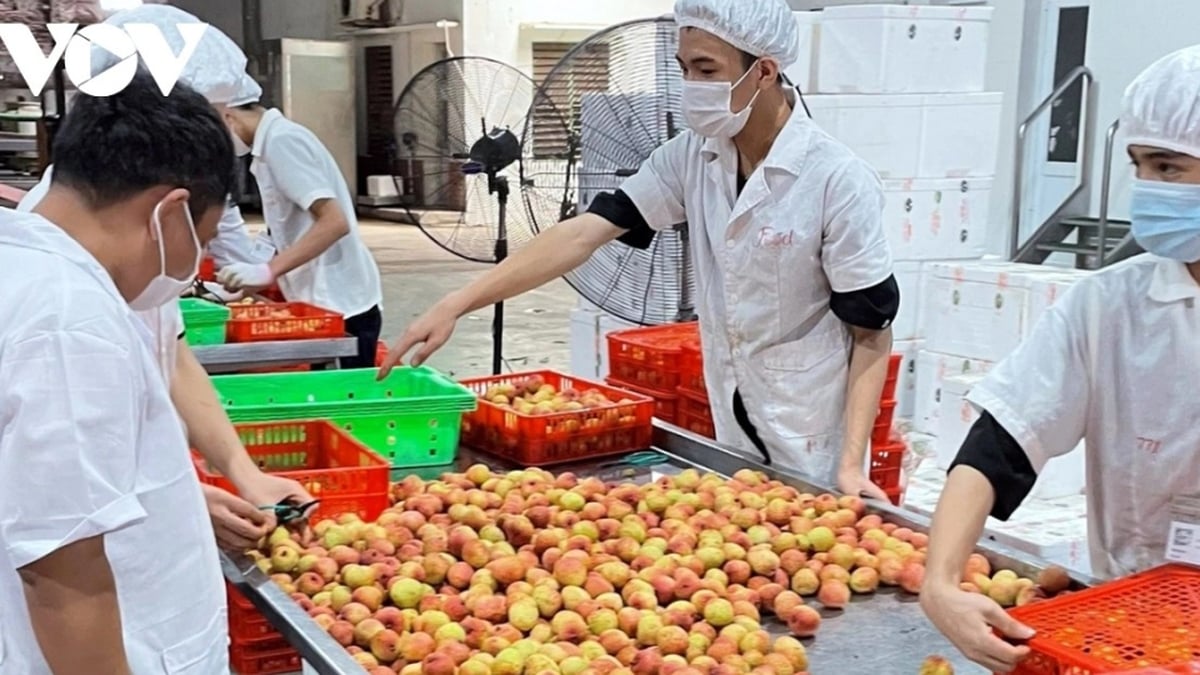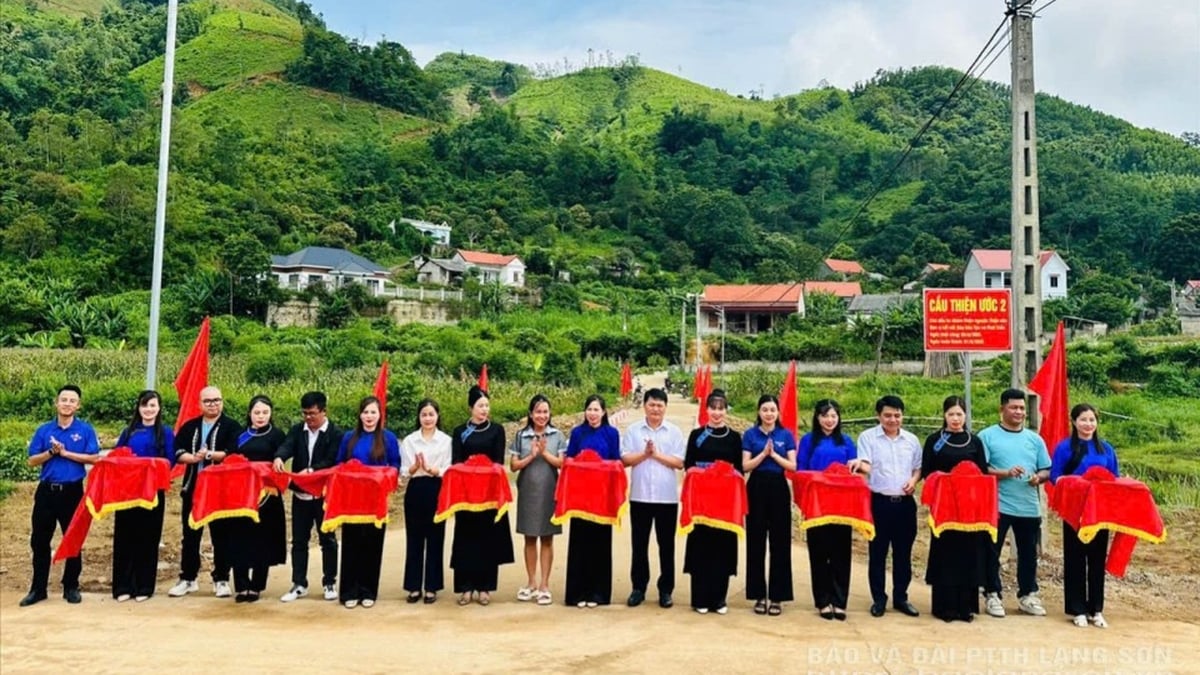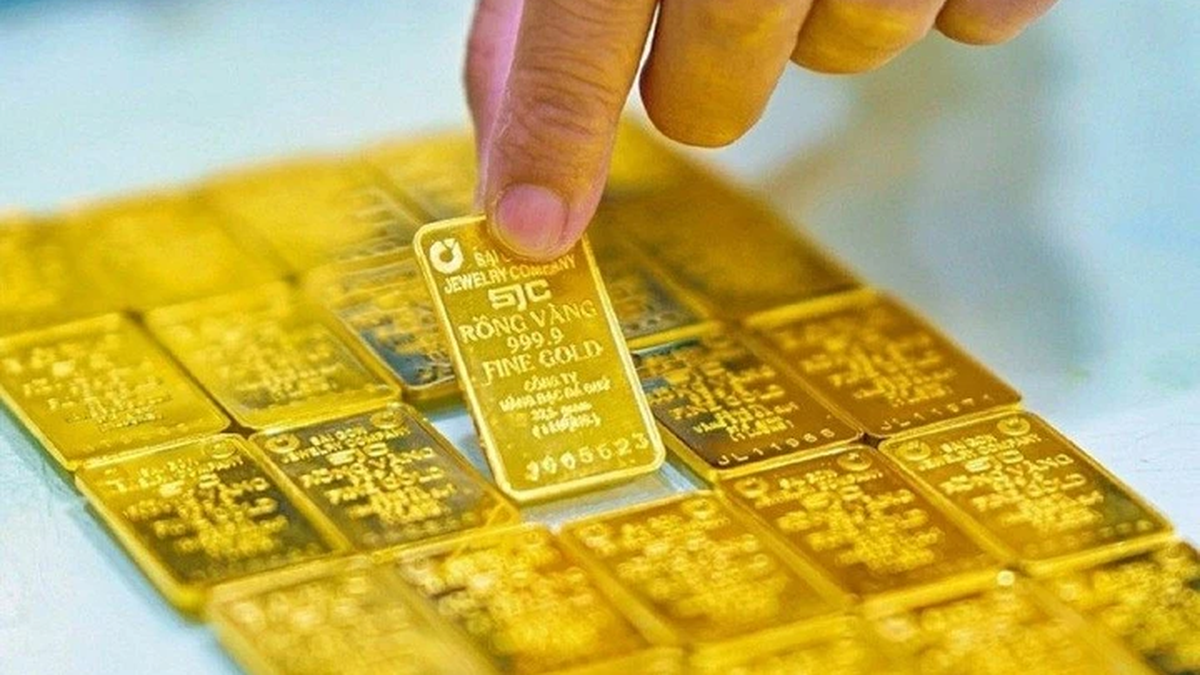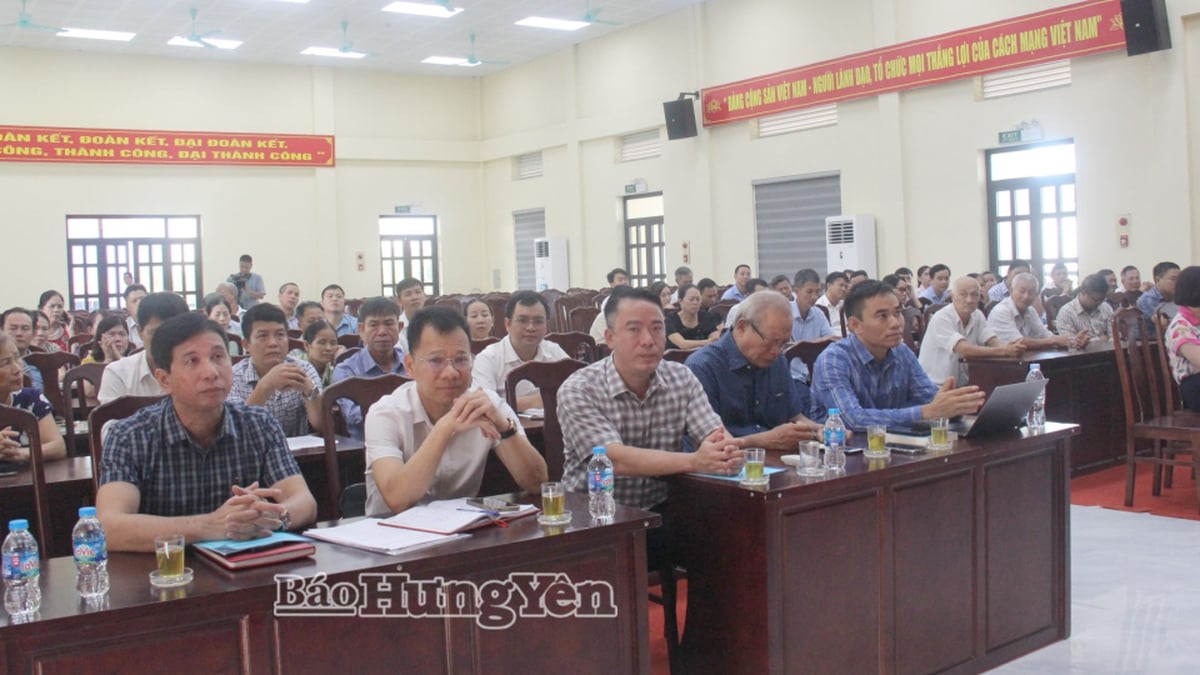 |
| Abandoned lake in Ngu Dien |
The Ngu Dien sand area, which was bustling with white-leg shrimp farming many years ago, has suddenly become strangely quiet. Hundreds of ponds and lakes in the vast sand area now have only a few shrimp ponds. Among them, a few households have switched from shrimp farming to whale farming to recover some of the losses from many previous crops.
Mr. Vo Khang in Hai The village, Phong Hai commune (Phong Dien) expressed his concern and regret that in recent years, the shrimp farming area on the sand along Ngu Dien beach has almost lost its "vitality". Every few days after planting, the shrimp get sick and die. In some ponds and shrimp farming seasons, the shrimp float to the surface and die en masse. Farmers have lost hundreds of millions of dong or more from the cost of seeds, food, electricity, and water.
Up to this point, Mr. Khang and many other shrimp farmers on sand still cannot explain the reason why shrimp farming often has diseases. People only know that shrimp die due to diseases and understand that it is due to the complex environment and weather, erratic sunshine and rain. Due to not understanding the specific cause, people are almost unable to find a solution to cope and handle it in order to reinvest in farming.
As for the authorities and the fisheries sector, they affirmed that the method and model of spontaneous shrimp farming, using large ponds of the people for a long time, is no longer suitable for the weather and environment in the current climate change conditions. The area of each pond is thousands of square meters, which is quite large, making it difficult to control food, treat the environment, waste and take care of farmed shrimp.
Not to mention, while the farming area is large and the farming density is too high, most of the ponds only use a rudimentary fan and aerator system, so the oxygen source is not guaranteed for shrimp growth.
Dr. Mac Nhu Binh, Faculty of Aquaculture, University of Agriculture and Forestry ( Hue University) said that the methods and technical processes of raising white-leg shrimp on coastal sand of Ngu Dien people are now outdated in the face of the requirements and trends of climate change. Meanwhile, to develop the shrimp farming movement in an industrial direction, it is necessary to apply high technology, biosafety and follow the value chain.
The current thinking and level of people are completely out of step with the trend and modern shrimp farming model. Mr. Mac Nhu Binh analyzed that for a long time, people have been raising shrimp on Ngu Dien sand in a "each person does it on their own" and small-scale manner. They have not yet linked together or gathered together to do business, so they do not have enough resources to invest in new equipment and technology, and reinvest in farming after the epidemic.
Shrimp farming in round ponds, high technology, or shrimp farming with nano technology is not difficult but requires investment in a systematic and modern system of machinery and equipment. Shrimp farming ponds must have a complete system of fans, aeration, shading nets, environmental protection, environmental treatment machines, waste, food content management to avoid excess...
Shrimp larvae must be tested by PCR machine before release. Meanwhile, the investment cost for these equipment and technology is quite large, possibly billions, but personal resources cannot invest. Not to mention, there is currently no source of larvae for on-site production, most of which must be purchased from other provinces, making it difficult to control diseases and manage quality before release.
Quality feed sources are an important factor determining productivity, product quality and production efficiency. However, shrimp feed sources have long been mainly bought by people floating on the market. The price of feed is sometimes quite cheap, often appealing to the psychology of saving investment costs, but more importantly, whether the quality is guaranteed is something that shrimp farmers still do not pay attention to.
To exploit and make good use of the potential of white-leg shrimp farming on the coastal sand of Ngu Dien in particular and the whole province in general, to develop sustainably and effectively, it is necessary to have a reasonable and methodical direction. First of all, people must know how to learn and apply high-tech shrimp farming models. In particular, it is necessary to mention the shrimp farming model using round ponds that has been successfully applied in production by the fisheries and agricultural extension sectors for several years now.
The requirement for people in high-tech shrimp farming is to strictly comply with regulations on safe biological shrimp farming. During the farming process, absolutely no antibiotics, chemicals, or growth stimulants are used, but biological products are used, and quality feed is selected to ensure good shrimp growth and increased resistance.
Equipment, machinery, fan systems, oxygen generators, environmental treatment, waste, water treatment ponds, wastewater treatment ponds, seed quarantine machines, etc. must be invested in a systematic and reasonable manner. Investing in technology requires a large amount of funding. This requires households to link up and cooperate to organize production to create resources to ensure investment capacity.
An almost mandatory requirement today is to produce according to a new value chain model that can bring about effective shrimp farming on sand. Households must not only cooperate with each other but also link up with businesses, companies, etc. to receive technical support, advice on suppliers of seeds, feed, and product consumption. To do this, it is necessary to have the participation, help and support of departments, branches and local authorities.
| According to the Department of Agriculture and Rural Development, the total area of shrimp farming on coastal sand in the province is currently about 500 hectares out of a total planning of about 800 hectares, mostly concentrated in the Ngu Dien sand area. However, due to frequent outbreaks of disease, the current area of shrimp farming ponds in Ngu Dien is very small, the rest are abandoned, causing waste. |
Source

































































































Comment (0)